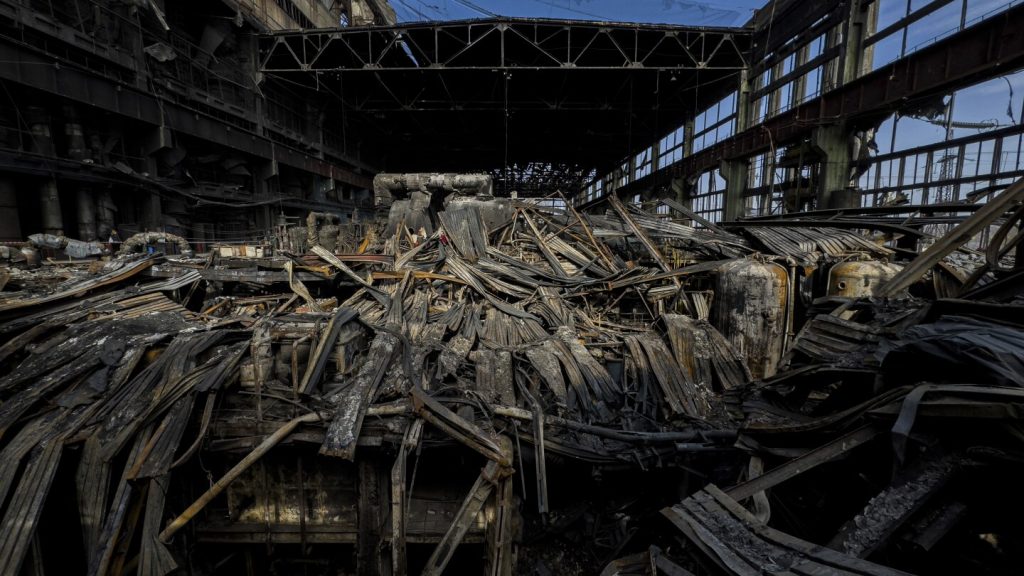Russia’s recent attacks on Ukrainian power plants have caused widespread destruction and left millions without power. The assault on March 22 involved more than 60 drones and 90 missiles, reflecting a new focus by Russia on targeting Ukraine’s energy infrastructure. The attacks have been alarming for Ukrainian defenders, who are now facing better intelligence and tactics from Kremlin forces. The goal seems to be to cripple Ukraine’s electrical grid and economy, with Russia exploiting weaknesses in Ukrainian air defenses.
As a result of the attacks, Ukraine’s largest private energy company, DTEK, lost 80% of its power generation capacity in consecutive attacks. The destruction of power plants and transmission networks has led to prolonged power outages in several regions, with some areas still without power weeks later. Attempts to repair and restore the damaged facilities have been hampered by ongoing strikes, making it a challenging task for workers in the area. The level of destruction seen in the power stations is unprecedented, requiring an extensive effort to rebuild and repair the damage.
The timing of the attacks has puzzled observers, as they occurred during the spring months rather than the peak winter season when demand for heat is highest. This shift suggests that Russia may have been behind schedule in deploying new tactics against Ukraine. By focusing on energy infrastructure in the spring, Russia aimed to weaken Ukraine’s power capabilities and further its strategic goals. The scale and precision of the attacks indicate a significant intelligence effort on the part of the Russian military, with devastating consequences for Ukraine’s power generation capacity.
The attacks have exposed vulnerabilities in Ukraine’s defenses and highlighted the need for better protection of power generators. One proposed solution is to decentralize power generation by creating a network of smaller facilities that are less vulnerable to large-scale attacks. However, the ongoing threat of more strikes looms large, leaving Ukrainian officials and energy companies on edge as they strive to secure their assets and ensure the stability of the country’s power supply. The impact of the attacks extends beyond the immediate destruction, affecting the daily lives of millions of people who rely on electricity for essential services.
In the aftermath of the attacks, power station workers like Taras are left traumatized by the scale of destruction and the ongoing threat of more strikes. The vital role of power infrastructure in modern society is brought into sharp focus, as the loss of electricity can have far-reaching consequences for industries, communications, and people’s daily lives. Despite the challenges and dangers they face, workers like Taras remain committed to their jobs and the crucial task of maintaining and restoring power to the people of Ukraine. The ongoing conflict between Russia and Ukraine continues to have devastating effects on the country’s infrastructure and population, with no immediate end in sight.


